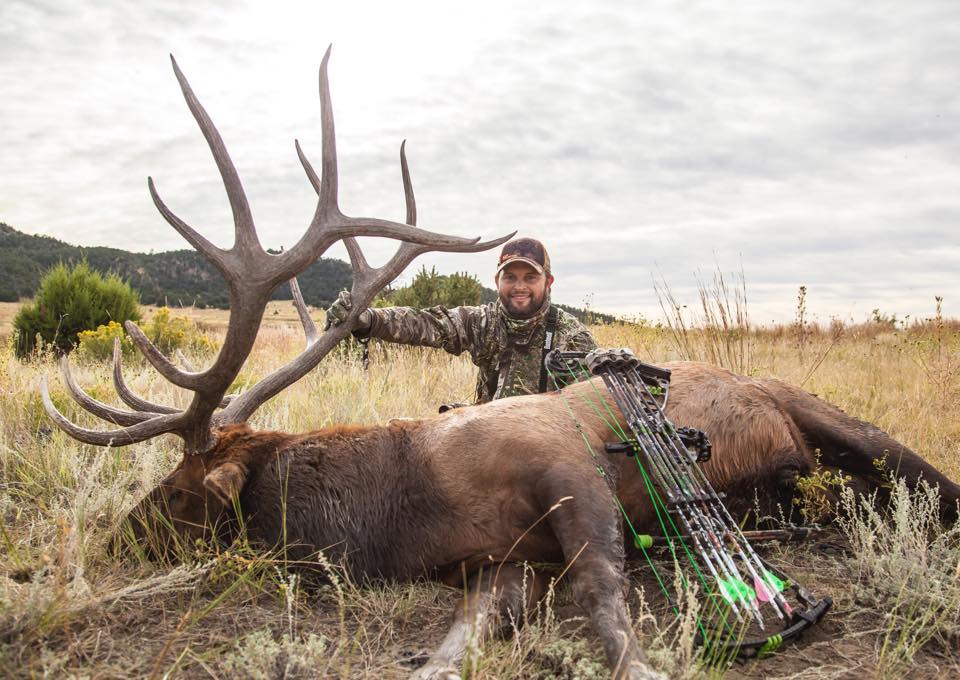
The moose has the most impressive antlers. The main antler can grow as long as five feet tall, larger than the deer. Elk also have antlers that start out growing from one main antler and then branch off. Their antlers grow upwards and branch off in many directions. Wisconsin has not introduced any moose to the area, however, there are several verified moose sightings across the northern part of the state. Deer have thin, spindly antlers that grow many points. There are currently two herds of more than 450 Elk in Wisconsin reintroduction areas - including one up north near Ashland, Bayfield, Price, Rusk, and Sawyer counties, as well as one in the area of Jackson County.
Elk vs deer how to#
The DNR’s comparison guide offers tips on how to spot the differences between elk and white-tailed deer as well.

These collars are fixed around the neck and are typically orange in color, sometimes with a visible printed number. Deer and elk are the most important terrestrial animal for many Coast Salish Natives. Additional markers. Elk moving throughout the state may have noticeable markers including colored ear tags or tracking collars. more nutrients to be extracted than other grazers like horses and cows.
Elk vs deer Patch#
Deer have legs the same color as their bodies, a white throat patch and a fluffy white tail.

Adult elk are larger than adult deer. An adult elk stands about 1-2 feet taller than an adult deer at the shoulders. The main difference between red deer and elk is their size.


 0 kommentar(er)
0 kommentar(er)
